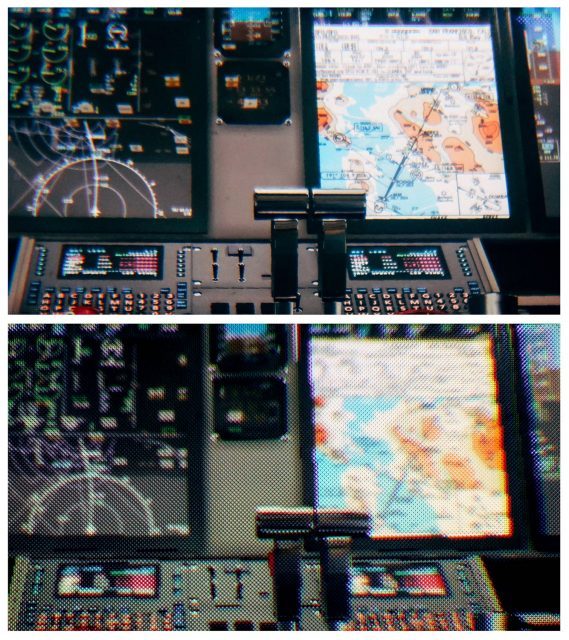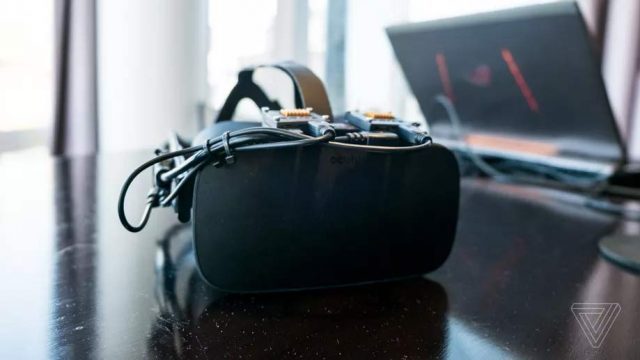Finland-based Varjo has announced a new display technology for AR and VR which the company is calling “the first human eye-resolution VR/AR/XR immersive display.” Varjo claims an “effective resolution” that’s nearly 70 times greater than the Rift and Vive.
We’ve recently seen new VR displays from both Samsung and Kopin with an impressive ~3.25x increase in resolution compared to the Rift and Vive.
Varjo however claims an effective resolution that’s nearly 70 times greater than today’s headsets. They’re doing so with an interesting display layout which combines typical VR displays with higher density micro-displays to make part of the image hyper-sharp. The company says that portion of the image achieves retinal resolution, meaning that the pixel density is so great that you can’t tell individual pixels apart.
To achieve this, Varjo is projecting a high-resolution microdisplay into the center of a lower resolution display. The effect, as reported by The Verge, is like having a super high-resolution window right in the middle of your field of view, with lower quality everywhere else; that’s why they’re calling this “effective resolution” rather than “resolution.” Although the super high-resolution area is presently limited in its field of view, the visual fidelity it offers looks very impressive.

The Verge’s Sean O’Kane explains what it was like to look through the company’s prototype headset, which is built from an Oculus Rift:
Looking at them through that window in the center gave each of these scenes new life. Textures that were obscured by the Oculus’ dual 1080 x 1200 displays could now be seen in more lifelike detail. I could read individual filenames in the folders on the virtual desktop. The cockpit of the plane was especially striking. Looking at it through the Oculus displays surrounding Varjo’s tech, I couldn’t understand any of the labels on the many knobs and switches at my virtual fingertips. Looking “through” those microdisplays, though, I was able to read all of them.
O’Kane notes a few issues with the current prototype, like a notable border separating the high-resolution and low-resolution parts of the image (rather than a seamless blend between them), and issues with a mismatching framerate. According to the report, Varjo says they can fix both of these issues, and has an aggressive timeline set for what they say will be a professional-focused VR headset coming in 2018 which will be priced at “thousands of dollars.” The company also says the tech could be used for AR applications.

Combining multiple displays to form a single view in a VR headset is not a new idea, but it is an interesting one. One of the biggest challenges is integrating each display in a way that forms one cohesive image. With Varjo’s present tech, the high-resolution area sticks in the middle of the field of view no matter where you move your eyes.
With advancements in eye-tracking, it could be feasible to move the high-resolution area to wherever your eyes are pointing, and it seems this is where Varjo hopes to head in the future.







